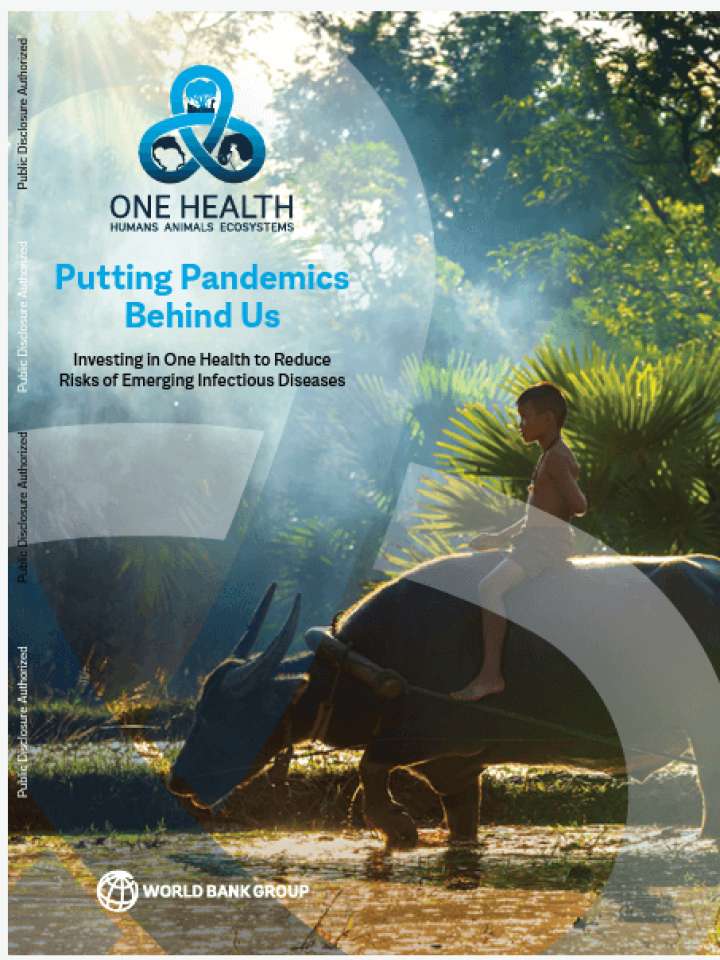Putting pandemics behind us: Investing in one health to reduce risks of emerging infectious diseases
This report articulates an alternative approach that addresses pandemic risk at its source and is grounded in One Health strategies of systems thinking, whole-of-society planning, and collaboration across disciplines at the human-animal-ecosystem interfaces as a central path to global health security. The report also outlines an investment framework and One Health architecture for zoonotic disease prevention.
The report highlights three main entry points to transition to this more effective approach.
- First, timing. Now is the opportune time to push for this transition, when the ravages of COVID-19 are still ongoing and there are high-level discussions about designing an international accord on pandemics and a new financing mechanism for pandemic prevention, preparedness, and response.
- Second, the report highlights the relatively modest cost of prevention compared to crisis response. Prevention guided by One Health principles is estimated to cost between approximately US$10.3 billion and US$11.5 billion per year. This includes $2.1 billion per year to bring public veterinary services up to international standards, US$5 billion to improve farm biosecurity, and US$3.2to-$4.4 billion to reduce deforestation in higher risk countries.
- Third, the report emphasizes the many co-benefits of investing in prevention and One Health for sustainable and human development. These include reduction in CO2 emissions, climate adaptation, improved food safety and nutrition, reduced economic burden from animal diseases, increased access to markets, and strengthening resilience of health systems by boosting awareness and multisectoral action.
Explore further
